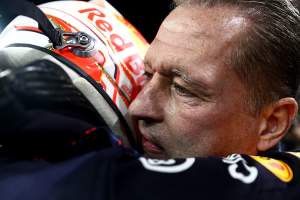Up Next

Formula 1 crash tests have become ever-more important over the years.
Safety has always been important, but it used to be left to each team to do its own thing in this area but now that’s a thing of the past.
Before 1985, no crash tests were required and in those days the teams were less professional than they are currently.
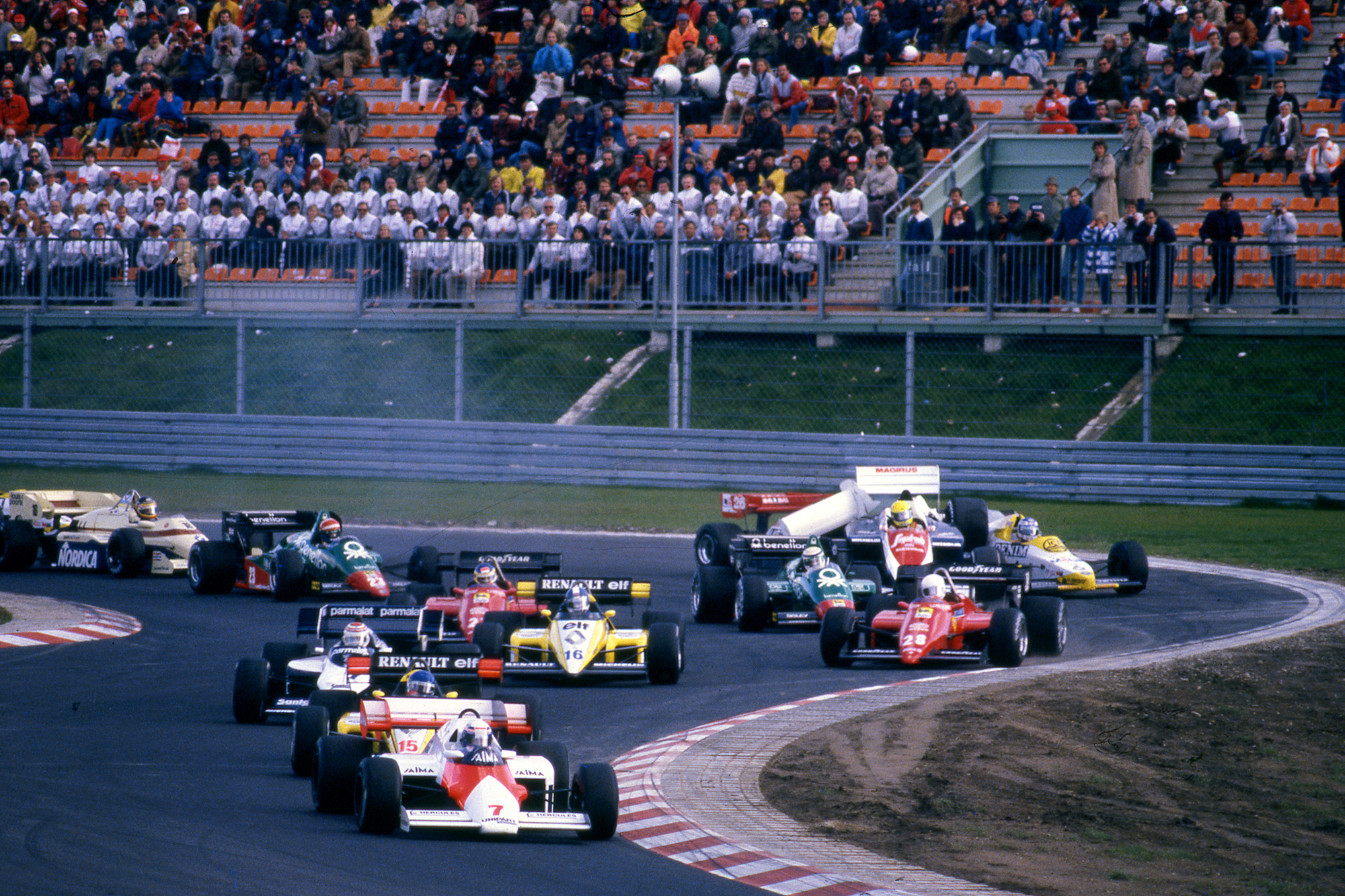
Teams did have safety in mind, but it was left to them to deal with it and that led to some very different safety standards up and down the grid.
Also, in those days accidents were much more common. Drivers didn’t need to have the same experience to get a drive in F1, if you had the money you were good enough, and with more teams on the grid there was more opportunity to get one of those drives.
In the 1970s, it wasn’t uncommon to have to rebuild a chassis between races. Every team would have its own stock of aluminium packed away for those bad days when they needed to repair a chassis.
The teams were a lot smaller in those days, so you would help each other if it was required.
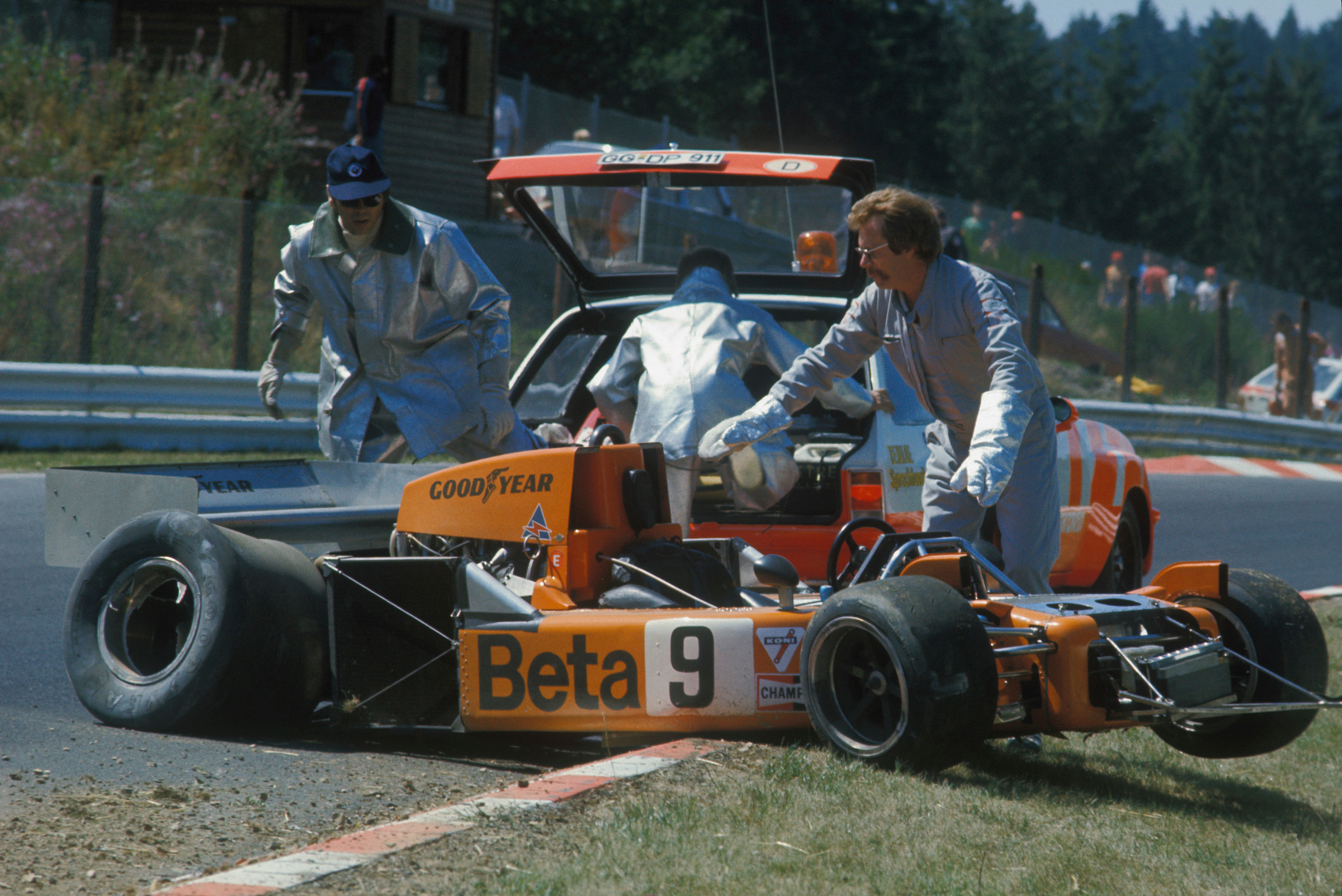
When I was with Brabham, I remember helping the March guys after a race at Mosport Park in Canada to rebuild Vittorio Brambilla’s chassis before they could run at Watkins Glen.
On another occasion, I helped Lotus to change an engine after the Sunday morning warm-up at the Nurburgring. How times have changed. Today, if one side of the garage lifts a spanner to help the other side, everyone makes a big deal out of it.
If you had a heavy head-on impact into the barrier, you would nearly always break your legs. The chassis were simple aluminium structures and would just collapse. The sides of the chassis were very low, most at waist height, so a side impact could end up being a disaster.
In fact, any accident was potentially life threatening. Every driver owes a huge debt of thanks to Jackie Stewart, who was the first person to really push for safety. He had attended too many of his friends’ funerals to let safety slip through unnoticed, so even before his retirement he pushed hard for the safety standards to be improved.
Today, there are multiple crash tests that must be successfully passed before you can run your car and this is the process every team will have had to go through over the winter. These crash tests can have a major influence on your car’s overall concept.
It’s easy to come up with something trick, but the need to satisfy the safety regulations can make things just that bit more difficult. It can also add extra weight, so like everything in life it’s a compromise how far you push each individual area.
The introduction of a frontal impact requirement in 1985 started the ball rolling and year on year other tests were added or increased. It wasn’t until Ayrton Senna’s and Roland Ratzenberger’s deaths at Imola in 1994 that major decisions were made to turn the chassis into what is now known as a survival cell for 1995.
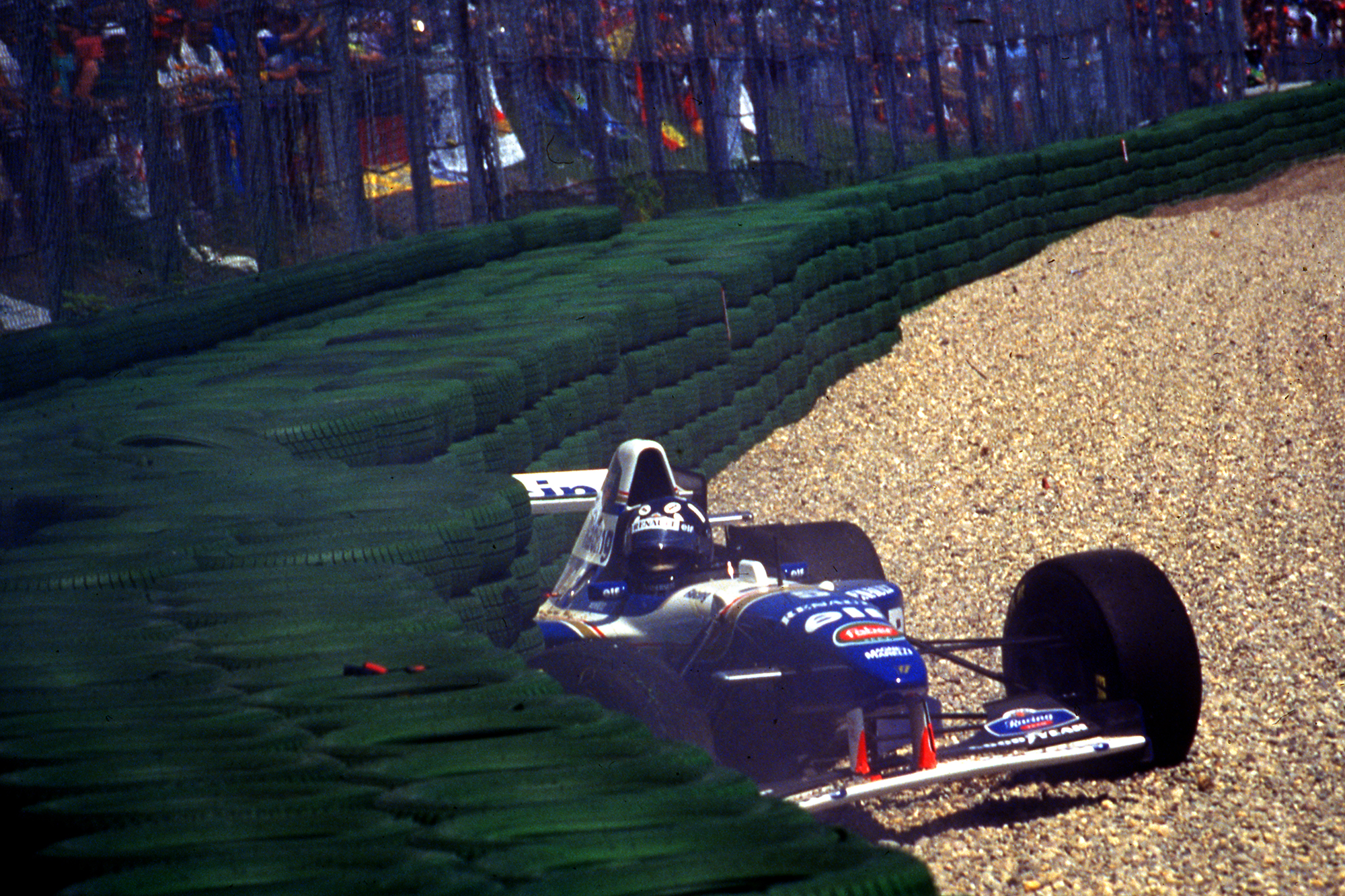
Now, the tests cover every aspect of what could happen in an accident, and even in some cases cover for a secondary impact. In reality, this is why we see so many drivers have huge impacts and simply dust themselves down and carry on.
If you take current world champion Max Verstappen’s accident at Silverstone last season, he was up and running again for the next race. Yes, he did get taken to hospital for checks, but if that had happened in the ‘70s, ‘80s or early ‘90s, he wouldn’t have walked away.
Today, the part of the technical regulations detailing crash tests – Article 13 – runs from page 103 to page 116 of the regulations, that’s 13-and-a-half pages.
This covers eight areas of testing – the survival cell frontal impact test, roll structure testing, survival cell load tests, side impact structure, front impact structure, rear impact structure, steering column impact test and even a headrest load test.
When we had to get through the required tests with the first Jordan back in 1990 while preparing for the team’s debut in 1991, there was basically one page and three tests. These were a nose push off test, a frontal impact test and a rollover bar deflection tests.
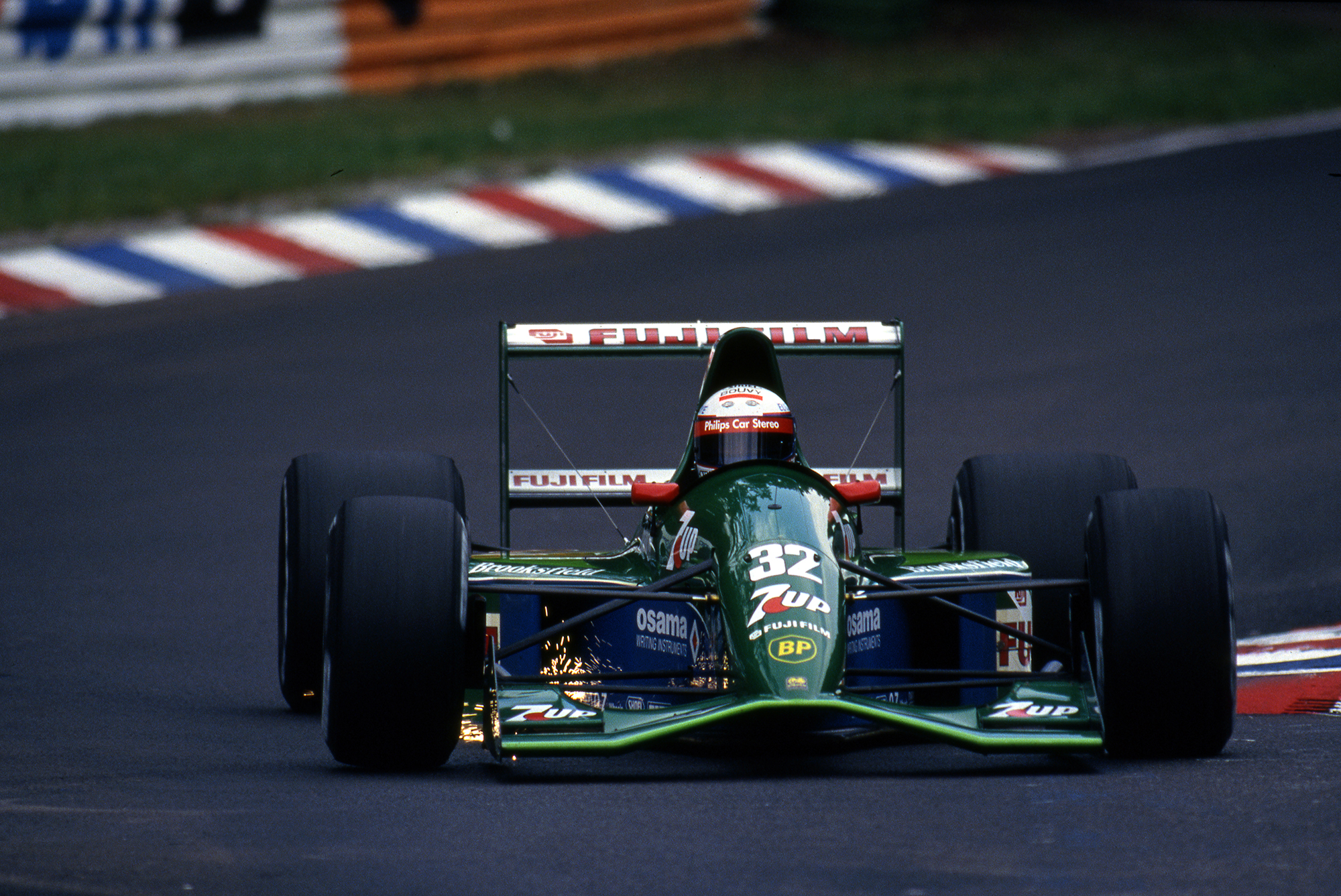
Even then, these tests were nail-biting. In those days we just didn’t have the manpower or the computing power to do much analysis, so most of it was simply trial and error. But somehow we all got there, some more elegantly than others.
To cover all the current tests in detail would be boring given the regulations are so detailed, but it is possible to give an overview of the essentials of what are required.
13.1 General Principles
13.1.1 The purpose of this Article is to define the safety structures of the car and all the homologation processes necessary to guarantee that each car that is eligible to race satisfies all the relevant requirements.
13.1.2 Should a fundamental weakness or sub-optimal level of safety become evident in either the definition of the structures or the homologation procedures, the FIA retains the right to modify the relevant regulations without observing the deadlines otherwise dictated by the prevailing governance regulations. In any case, such actions will be discussed in the Technical Advisory Committee.
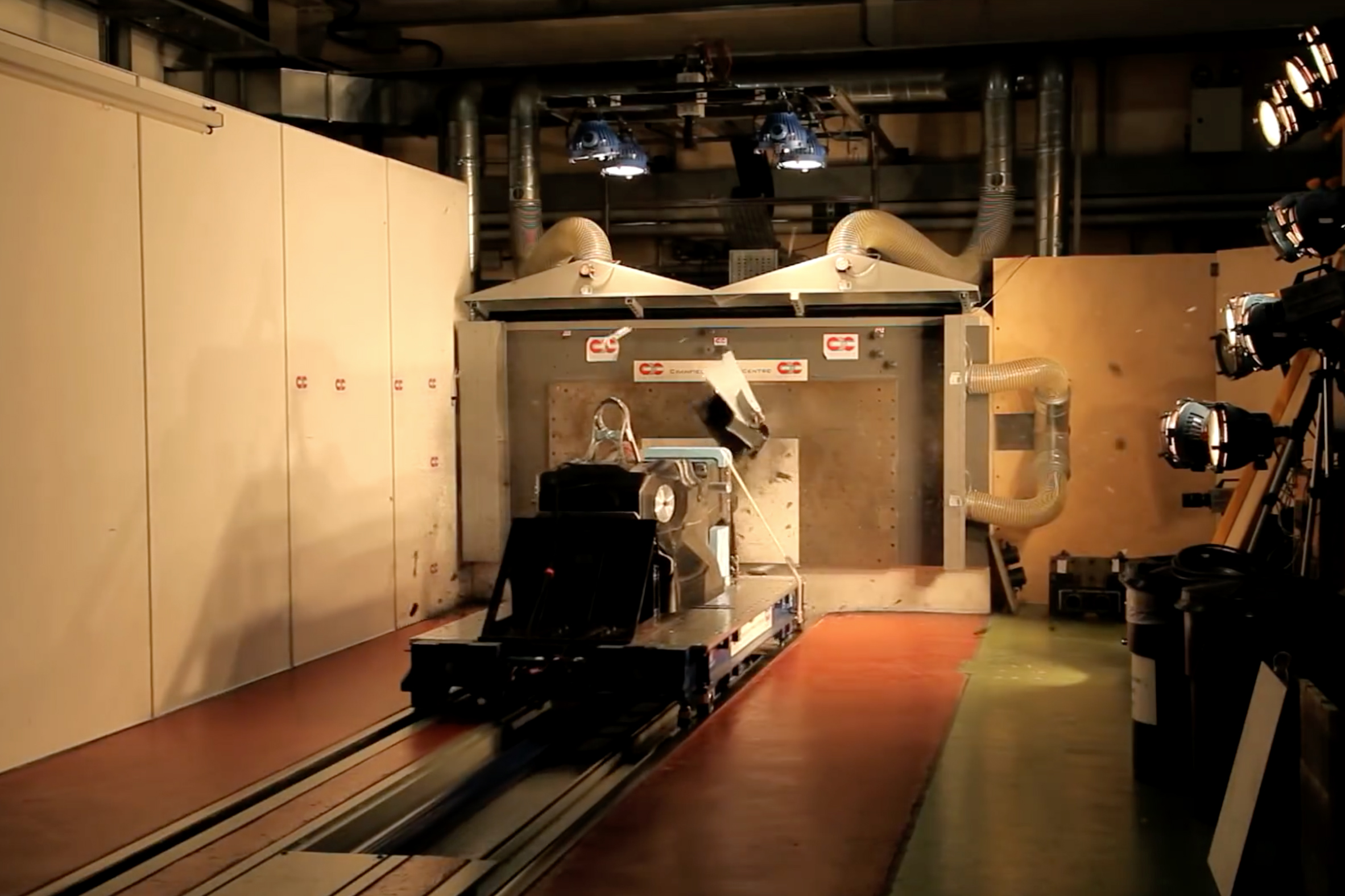
13.1.3 All impact tests must be carried out in accordance with FIA Test Procedure 01/00, in the presence of an FIA technical delegate and by using measuring equipment which has been calibrated to the satisfaction of the FIA technical delegate. A copy of the test procedure may be found in the Appendix to the Technical and Sporting Regulations.
13.1.4 Any significant modification introduced into any of the structures tested shall require that part to pass a further test.
13.1.5 With the exception of tests described by Article 13.3.2, all static and dynamic load tests must be performed with the secondary roll structure (whether dummy or otherwise) removed.
13.1.6 All homologation tests on the survival cell will be carried out before the Zylon panels described in 12.3.2 and 12.3.3 have been fitted.
The Zylon panel is an anti-intrusion panel bonded to the sides of the chassis in the area where the driver sits. Basically, Zylon is a very tough material to reduce the risk of chassis intrusion.
13.2 Survival Cell Frontal Impact
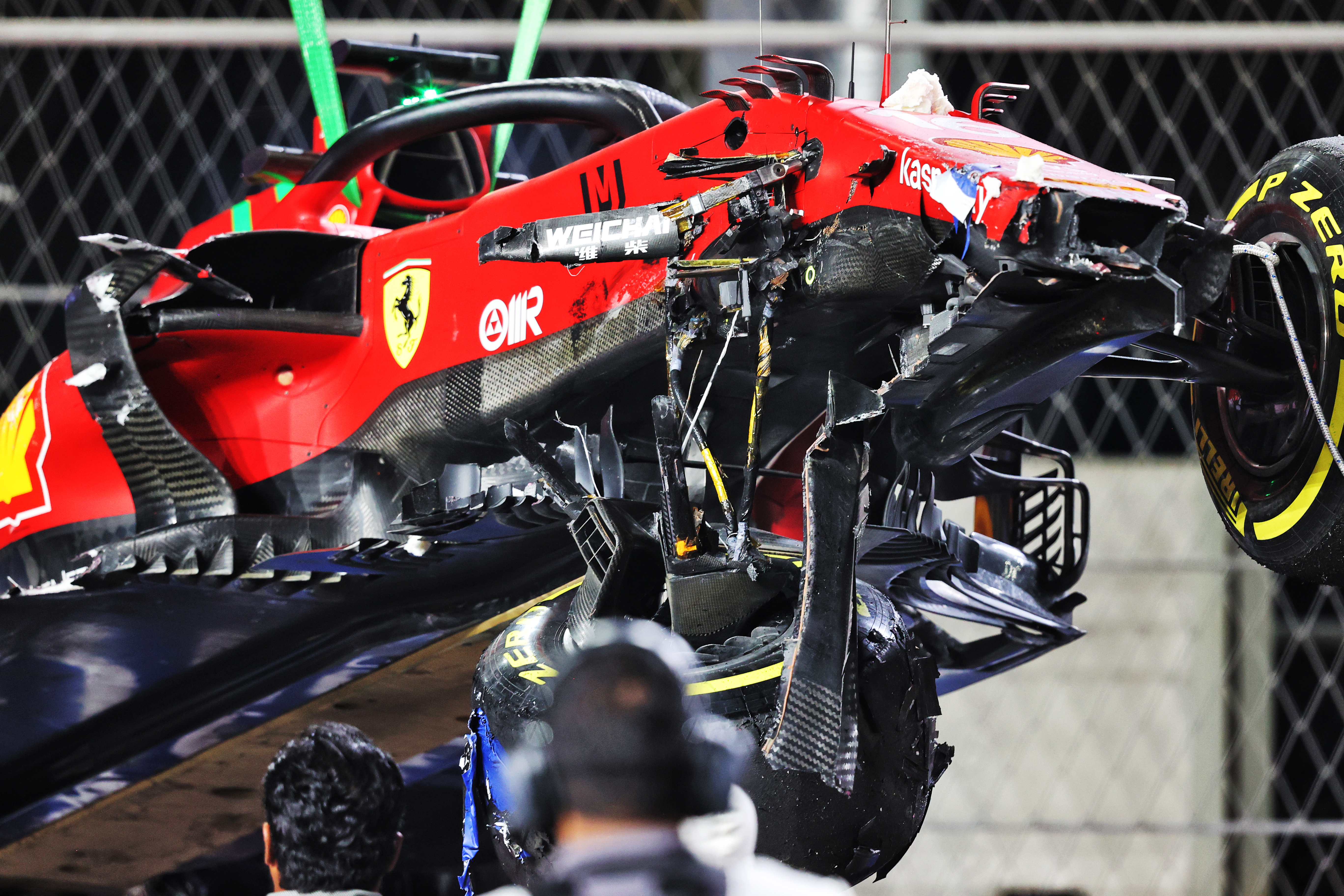
There are two frontal impact tests to pass. One is with everything intact as we would normally see on the car.
The second is with the damage already generated from the first impact test. This is to cover the chance of a secondary impact and to make sure there is still enough of the car left to absorb that secondary impact.
13.3 Roll Structure Testing
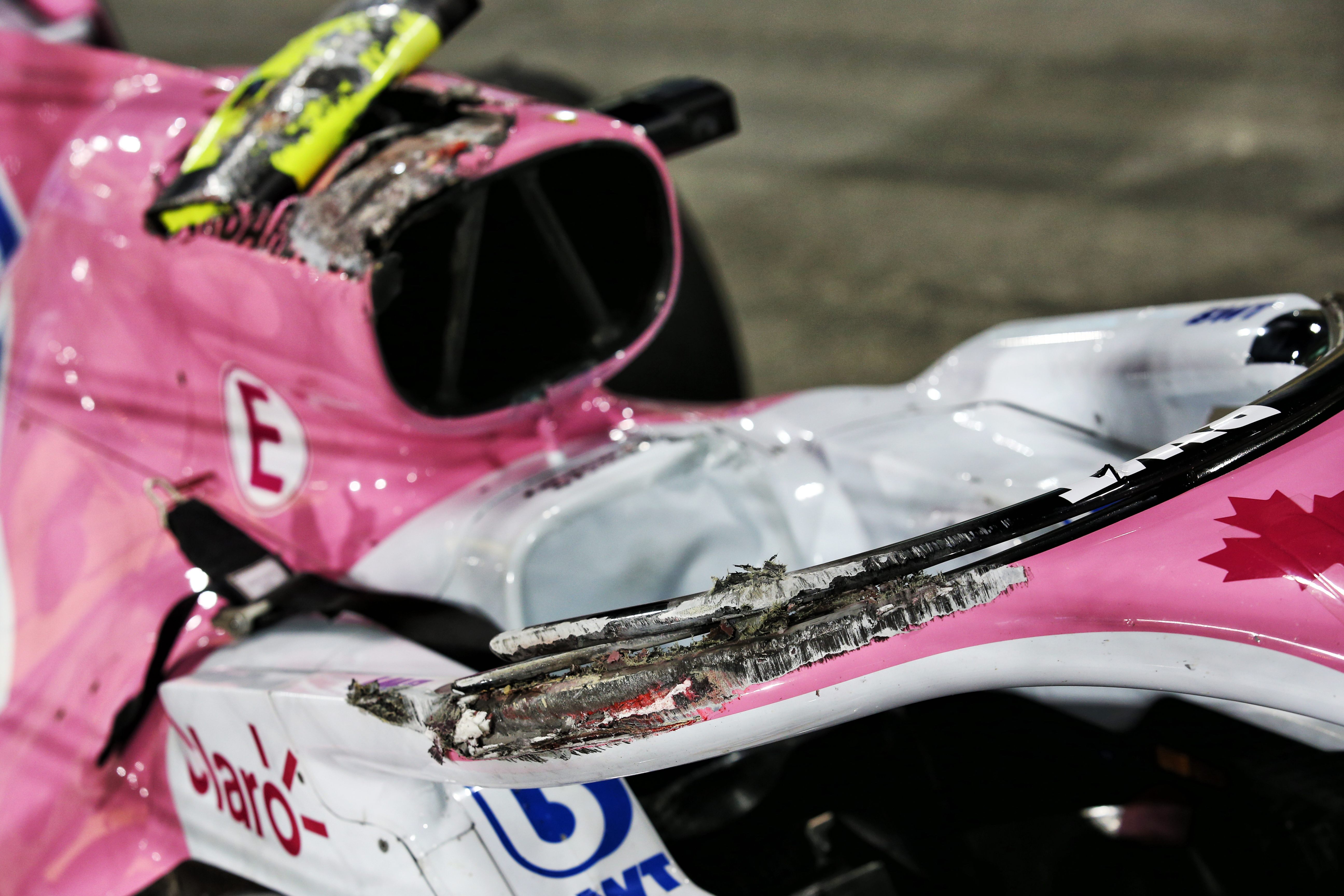
Both roll structures, located in front and behind the driver, are tested to ensure they will withstand the loads that they could see if the car is inverted at speed. These loads are huge and this is one of the most difficult and nail-biting tests.
To allow you to understand the sort of loads that are involved in these tests, here are the main rollover bar test requirements as written in the regulations:
13.3.1 The principal roll structure must be subjected to the following static test:
a. Rubber 3mm thick maybe used between the load pads and the roll structure.
b. The peak load must be applied in less than three minutes and be maintained for 10 seconds.
c. Under the load, deformation must be less than 25mm when measured along the loading axis and any structural failure limited to 100mm below the top of the roll structure when measured vertically.
d. A load equivalent to 60kN laterally, 70kN longitudinally in a rearward direction and 105kN vertically, must be applied to the top of the structure through a rigid flat pad which is 200mm in diameter and perpendicular to the loading axis.
e. During the test, the roll structure must be attached to the survival cell which is supported on its underside on a flat plate, fixed to it through its engine mounting points and wedged laterally by any of the static load test pads described in article 13.4.2
With one kilo newton being in the region of 102 kilograms that’s 10.71 tons in the vertical direction alone. The test is completed with a hydraulic ram set at a compound angle of these three angles and the resultant load to suit so we are talking about something like a 20 ton load with less than 25mm deflection.
As the rollover bar is the highest point of the car, it is the area where the teams will put huge effort into complying with the test for the least added weight. Weight high up is not good for the centre of gravity and therefore lap time.
13.4 Survival Cell Load Tests
These tests are to prove the strength of the chassis. They test the structure of the nose fastenings laterally and vertically and in various areas along the sides and the bottom of the chassis, cockpit sides and fuel tank enclosure sides and bottom.
13.5 Side Impact Structure
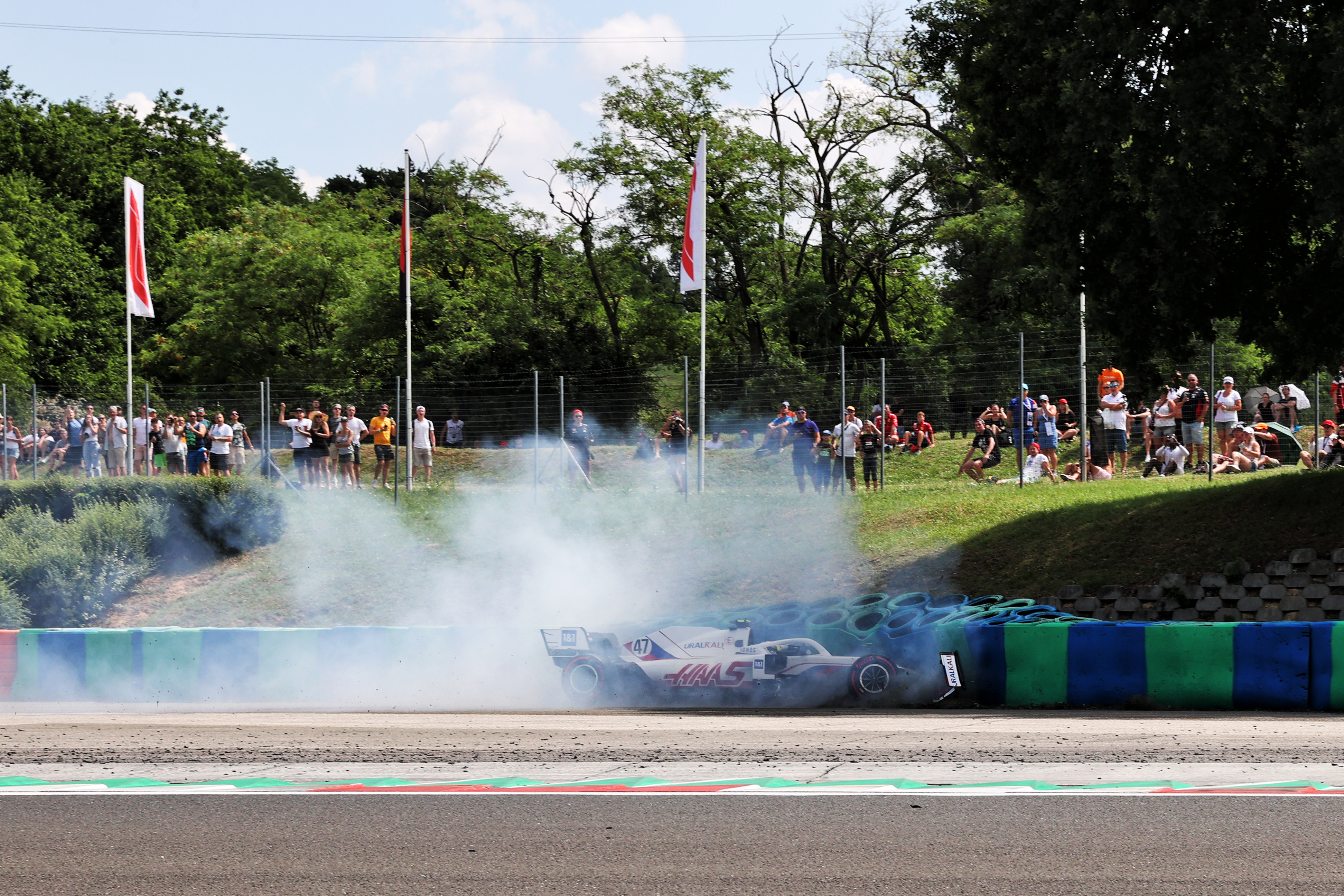
On the sides of the chassis there are two tubes that stick out each side of the driver. One is near floor level and one is higher up.
They are in a defined position relative to the cockpit opening which means they are the same for everyone. They are fastened to the sides of the chassis, if the car goes into a barrier side on these decelerate the impact.
This was the area that teams struggled with when they went to the shorter sidepod concept as these tubes suddenly appeared in front of the sidepod intakes.
13.6 Front Impact Structure

This is basically the nose as we know it today. It is a structure that in a front impact will collapse to decelerate the mass of the car and, in turn, reduce the impact g-force to an acceptable level.
In most impacts we see only a small amount of damage. This is because there is a section on the front of the nose that is not structural. When this collapses, it leaves a larger surface area to reduce the risk penetration of another car, or even the barriers.
13.7 Rear Impact Structure

This is basically the same as above but on the rear of the car. The rear impact structure fastens to the gearbox just in line with, or behind, the rear axle line. Its sole purpose is to decelerate and absorb a rearwards impact.
13.8 Steering Column Impact Structure

This is in the event of a driver hitting their head on the end of the steering column in an accident. The column is required to have a collapsible section that will fail before penetrating the driver’s helmet.
13.9 Headrest Load test
This is to make sure that the headrest will absorb the load of the driver’s head in an impact without the g-level getting too high and rattling their brain around inside their skull. Some drivers might benefit from this but as we know from boxing and rugby, if it happens to many times you will pay the price.
That generates a lot of sleepless nights and hours if not days of pre-testing testing. You don’t just rock up and pass these tests, it’s all about the work beforehand and to get through them.
Since the start of 2012 teams have been required to pass all crash, impact, load and deflection tests before running their car in pre-season testing rather than just ahead of the first race practice session. When that rule came in there were concerns some teams couldn’t run, but everyone got the job done, as is usually the way in F1.
The tests must be passed with an FIA representative present using “measuring equipment which has been calibrated to the satisfaction of the FIA technical delegate”. And should you change the design of any crash structures during the season, it’s necessary to pass a new test.
All of this takes up time and resources for teams, but it’s an essential part of making a safe car. And like all safety equipment, when the moment comes that you call on it you will be very grateful for all the effort that goes into making it work.
If you need confirmation of this, just ask Romain Grosjean.




